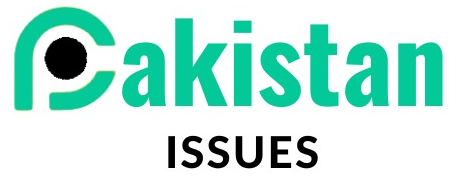The recent debates about the federal budget 2025–26 in the National Assembly illustrated the deep
divisions amongst coalition partners. Once united in 2021 over common interests, they are now at odds over considerable policy decisions, raising questions about the strength of the alliance before votes of this most important level of government.
Sindh’s Partners Clash over Project Funding
Sindh-based allies—PPP and MQM‑P—became the focal point of discord. PPP MPAs demanded the handover of provincial Public Works Department (PWD) projects, which were withheld under new central guidelines, while MQM‑P supported retaining control over Karachi initiatives.
Scenes in the chamber grew heated: Asiya Ishaque (MQM‑P) rose to protest remarks by PPP’s Shazia Marri, prompting Aseefa Bhutto‑Zardari and other MPs to step in. Even the son of ex-PM Yusuf Raza Gilani invoked the phrase “Takht‑i‑Lahore,” urging a separate South Punjab province.
Accusations Fly Over ‘Anti‑Sindh’ Budget
Nabil Gabol, of the Pakistan People’s Party (PPP), strongly denounced what he saw as an unjustified budget for Sindh and warned that he could cut off his party’s support. “The Government is supported by our 70 votes,” he explained, and stressed that they could “be gone in five minutes.”
MQM‑P, meanwhile, defended the status quo. They argued provincial leadership might mishandle project delivery and urged careful management. Both sides, though at odds, admitted they may ultimately vote in favour—highlighting the performative nature of the debate.
Tax Concerns and Solar Panel Outrage
The debate wasn’t limited to provincial bickering. The Pakistan People’s Party and the MQM-P likewise opposed the suggested eighteen per cent taxation of solar panels, citing poor timing considering the need for renewable energy. Critics warned an attack on our burgeoning Economic sector like solar will keep us from achieving any sustainable development goals in the future.
Broader Coalition Strains
Beyond Sindh, tension lingered across other provinces. PTI MP Rai Hassan Nawaz highlighted Punjab players receiving outsize benefits—40 projects in Lahore versus only three in South Punjab—fueling discontent among regional representatives.
Some treasury lawmakers sought to reassure dissenters. Deputy PM Ishaq Dar met with PPP leaders off the floor, promising to relay their concerns to PM Shehbaz Sharif. ‘We need a consensus,’ he stressed, in hopes of smoothing out differences.
What Comes Next?
With the coalition teetering, several critical developments bear watching:
- Final Vote on Budget – Will PPP or MQM‑P follow through on threats to abstain or oppose?
- Negotiations Ahead of Passage – Promises from Dar could lead to last-minute adjustments.
- Impact on Federal Balance – Uneven development funding risks prompting other provinces to riot.
Even as the debate intensified, PPP’s Ashraf emphasized the difficulty and importance of the government’s choices, praising resilience and urging patience amid austerity.
Balancing Unity and Regional Equity
What started as economic legislation is now a crucible testing the coalition’s unity. The ruling alliance must show it can balance federal priorities with regional fairness—or risk the very foundation it’s built on. Both public service and political survival depend on proving that no one province—or party—is being short-changed.
Final Take
In the budget debate, the ruling coalition revealed fault lines—provincial rivalries, tax backlash, and ministerial discord. The coming days will show whether political chemistry can survive public performance. The government’s ability to deliver meaningful concessions now may determine whether the alliance stands—or falls.










